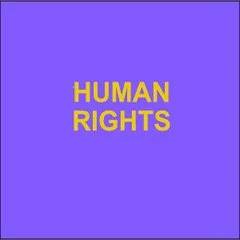By The European Parliament
In the past decade, continuous migration and asylum pressure on European Union Member States has made the external dimension of the EU's approach to migration management all the more important. The need to address challenges relating to external border management has reoriented EU migration policy towards extended and stricter border controls, combined with the externalisation of migration management through cooperation with third countries. In this context, the external processing of asylum claims has also been put forward as a possibility. External processing entails applications for international protection being processed beyond the EU's external borders, in third countries. An individual processed externally whose claim was successful would then, in theory, be resettled to an EU Member State. Asylum is governed by international, EU and national laws. Both EU and national asylum legislation must be aligned with the international legal framework. Although EU law does not provide for the processing of asylum applications outside the EU, the idea of 'transit' or 'processing' centres in third countries has been recurrent over the years. Examples of externalisation procedures can be found around the world. Some non-EU countries, such as Australia and the United States, have practical experience of the extra-territorial processing of asylum claims. Back in 1986, Denmark tabled a draft resolution in the United Nations (UN) General Assembly to create UN centres where asylum claims could be processed, in order to coordinate the resettlement of refugees among all states. Later, in 2001 and 2002, when the EU experienced the first peak of migrant arrivals in the EU, this was followed by a series of proposals involving the external processing of asylum requests. Extraterritorial processing was first put forward by the United Kingdom in 2003, while Germany proposed the establishment of asylum centres in North Africa in 2005. Another upsurge of arrivals was experienced from 2014 to 2016; this led – among other things – to the signature of the EU-Turkey Statement. The series of proposals made over the years with a view to externalising migration policies, have raised concerns, not least in relation to the human rights implications, asylum procedures and EU and international law.
Brussels, Belgium: European Parliament, 2024. 12p.





















